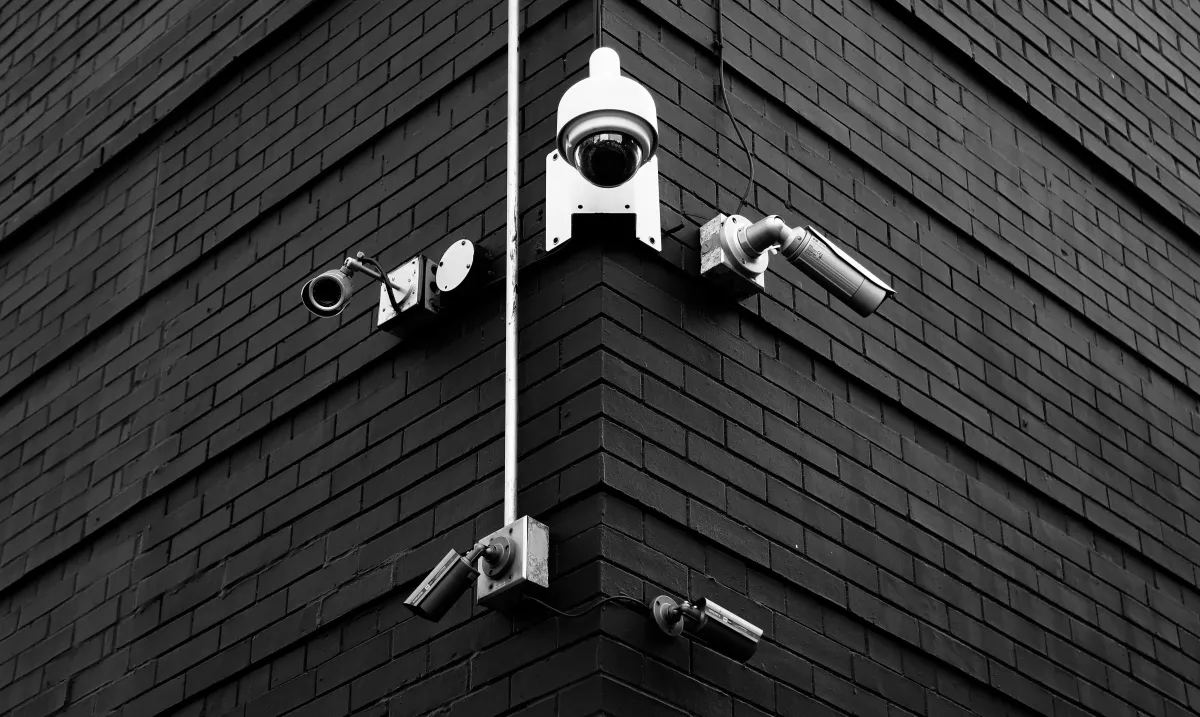
Are Your “Smart” Cameras Actually Spying On You? What to Do Before You Plug One In
That nightmare in Mississippi wasn’t a movie. In 2020 a family woke to a stranger’s voice coming from a Ring camera in their child’s room. Their eight-year-old daughter heard a man’s voice coming from her bedroom, but it wasn’t her father. A hacker had gained access to their Ring camera and was speaking to her through the device, taunting her and playing music until the parents rushed in to unplug it. Ring later confirmed that the account had been compromised because the family was reusing an old, breached password.
These stories grab headlines because they are creepy. They also matter to small businesses. Cameras, smart doorbells, thermostats, and voice assistants are cheap, easy ways to add security and oversight. They can help you check the back door, keep an eye on inventory, or peek in after hours. But if you treat them like a plug-and-play convenience without thought, you can open a direct line into your network.
Here’s what you actually need to know before you buy or deploy one.
Not all cameras are the same
Cheap cameras often skip basic safeguards. Some lack proper encryption, others never see a firmware update. Even name-brand devices can be vulnerable if you leave defaults in place. Attackers look for obvious openings: default credentials, old firmware, unsecured Wi-Fi, or exposed cloud accounts. Once in, some will only watch videos. Others will try to move laterally into your network.
Practical buying rules
Pick vendors that ship regular security updates and have a clear vulnerability disclosure process.
Check whether video is encrypted in transit and at rest. Encryption matters.
Prefer devices that let you keep local copies of footage in addition to cloud backups. Local storage gives you options if a cloud account is breached.
Look for built-in two-factor authentication and a solid account recovery flow.
How to set them up right
The model you choose is only half the job. How you configure it is just as important. Do these things now:
Change default usernames and create strong, unique passwords for each device and account. Use a password manager.
Turn on automatic updates whenever possible so firmware and apps stay patched.
Enable two-factor authentication on camera accounts.
Disable features you do not use, like remote sharing or universal plug-and-play (UPnP).
Put smart devices on a separate network or VLAN so they cannot talk directly to your business systems. If a camera is hacked, segmentation limits the damage.
Harden your router: strong admin password, latest firmware, guest networks for visitors, and firewall rules that block unwanted inbound access.
Don’t forget the smaller risks
A compromised camera can be more than a privacy violation. It can be a foothold for attackers to reach sensitive files, customer data, or accounting systems. The more devices you add, the more attack surface you create. Treat each new device like a new employee: give it only the access it needs and keep a record of it.
Maintain vigilance
Check device logs, review account permissions, and audit cloud sharing settings periodically. If you stop using a device, factory reset it and remove it from accounts. When an employee leaves, remove their access. Repeated small steps regularly prevent most common problems.
Final thought
Smart devices make life easier and workplaces safer when they are configured with security in mind. A few proactive choices up front will keep your cameras doing their job—watching the door, not inviting intruders.
Want a second pair of eyes on your setup? Book a free discovery call and we’ll walk your system with a checklist that catches the usual traps before they become an incident. No scare tactics. Just practical fixes.
Call us at: (916) 221-0855
